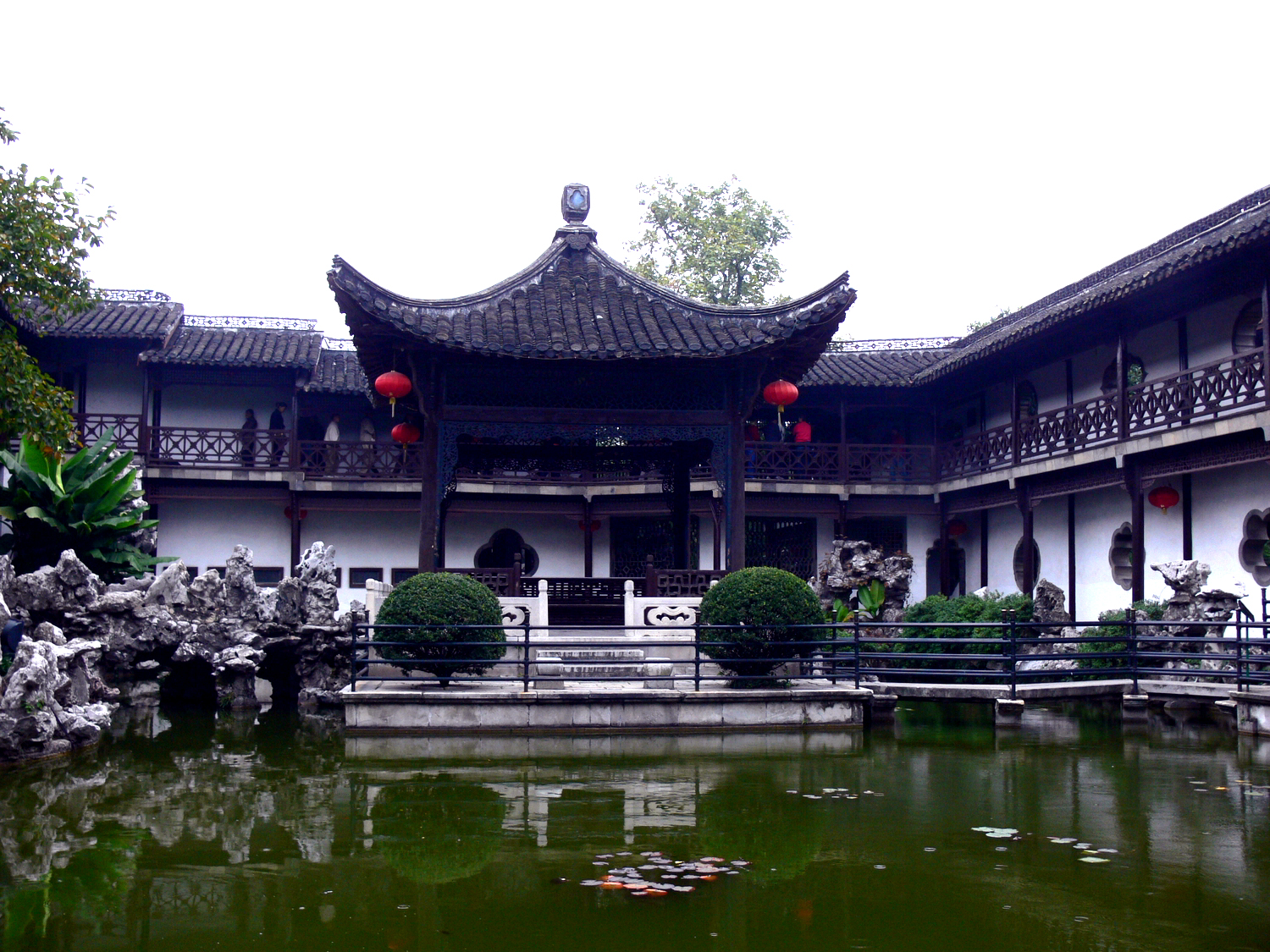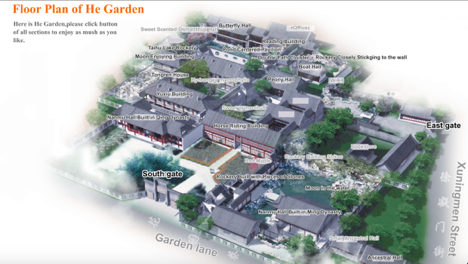|
Jianghuai
Jianghuai (; pinyin: Jiānghuái) is a geographical area in China referring to the plain between the area north of the lower reaches of the Yangtze River and near the lower reaches of the Huai River Basin, especially in northern Jiangsu, northern and central Anhui Anhui is an inland Provinces of China, province located in East China. Its provincial capital and largest city is Hefei. The province is located across the basins of the Yangtze and Huai rivers, bordering Jiangsu and Zhejiang to the east, Jiang .... See also * Huaiyang cuisine * Huai opera * Yangzhou opera * Lower Yangtze Mandarin * Subei people * Yunjin Plains of China Regions of China Landforms of Jiangsu Landforms of Anhui Yangtze River Huai River {{PRChina-geo-stub ... [...More Info...] [...Related Items...] OR: [Wikipedia] [Google] [Baidu] [Amazon] |
Lower Yangtze Mandarin
Lower Yangtze Mandarin () is one of the most divergent and least mutually-intelligible of the Mandarin language varieties, as it neighbours the Wu, Hui, and Gan groups of Sinitic languages. It is also known as Jiang–Huai Mandarin (), named after the Yangtze (Jiang) and Huai Rivers. Lower Yangtze is distinguished from most other Mandarin varieties by the retention of a final glottal stop in words that ended in a stop consonant in Middle Chinese. During the Ming dynasty and early Qing dynasty, the lingua franca of administration was based on Lower Yangtze Mandarin. In the 19th century the base shifted to the Beijing dialect. Geographic distribution Lower Yangtze Mandarin is spoken in central Anhui, eastern Hubei, most of Jiangsu north of the Yangtze, as well as the area around Nanjing. The number of speakers was estimated in 1987 at 67 million. Subgrouping The ''Language Atlas of China'' divides Lower Yangtze Mandarin into three branches: ;Hongchao dialects :The ... [...More Info...] [...Related Items...] OR: [Wikipedia] [Google] [Baidu] [Amazon] |
Subei People
The Subei people (), also known as Jiangbei People (), are a Jianghuai Mandarin-speaking Han Chinese people of the Subei region (northern Jiangsu province). Due to natural disasters and insurrections in their native region, during the Qing and the Republican periods, they migrated in large numbers to the Wu-speaking Jiangnan region (south of the Yangtze), especially Shanghai. The Subei culture was seen a symbol of sophistication during the mid-Qing dynasty period, but lost its status after China entered Railway era instead of Canal Age. Diaspora (outside of Jiangbei) In the Ming Dynasty and Qing dynasties, Jianghuai speakers moved and settled into Hui dialect areas. Notable people * Zhou Enlai * Jiang Zemin Jiang Zemin (17 August 1926 – 30 November 2022) was a Chinese politician who served as General Secretary of the Chinese Communist Party, general secretary of the Chinese Communist Party (CCP) from 1989 to 2002, as Chairman of the Central Mil ... References ... [...More Info...] [...Related Items...] OR: [Wikipedia] [Google] [Baidu] [Amazon] |
Anhui
Anhui is an inland Provinces of China, province located in East China. Its provincial capital and largest city is Hefei. The province is located across the basins of the Yangtze and Huai rivers, bordering Jiangsu and Zhejiang to the east, Jiangxi to the south, Hubei and Henan to the west, and Shandong to the north. With a population of 61 million, Anhui is the 9th most populous province in China. It is the 22nd largest Chinese province based on area, and the 12th most densely populated region of all 34 Chinese provincial regions. Anhui's population is mostly composed of Han Chinese. Languages spoken within the province include Lower Yangtze Mandarin, Wu Chinese, Wu, Huizhou Chinese, Hui, Gan Chinese, Gan and small portion of Central Plains Mandarin. The name "Anhui" derives from the names of two cities: Anqing and Huizhou, Anhui, Huizhou (now Huangshan City). The abbreviation for Anhui is , corresponding to the historical , and is also used to refer to the Wan River and Mount Ti ... [...More Info...] [...Related Items...] OR: [Wikipedia] [Google] [Baidu] [Amazon] |
Huaiyang Cuisine
Huaiyang or Jianghuai cuisine is one of the Four Great Traditions in Chinese cuisine. It is derived from the native cooking styles of the region surrounding the lower reaches of the Huai and Yangtze rivers and centered on the cities of Huai'an, Yangzhou and Zhenjiang in Jiangsu Province. Although it is one of several sub-regional styles within Jiangsu cuisine, Huaiyang cuisine is widely seen in Chinese culinary circles as the most popular and prestigious style of Jiangsu cuisine, to a point where it is considered to be one of the Four Great Traditions () that dominate the culinary heritage of China, along with Cantonese cuisine, Shandong cuisine, and Sichuan cuisine. History and current status Huaiyang cuisine, originating from regions around Huaihe River and Yangtze River, mainly Huai'an and Yangzhou, has been famous since the Sui (581–618) and Tang (618–907) dynasties. Emperors Kangxi (1654–1722) and Qianlong (1711–1799) often stayed in Huai'an and Yangzhou d ... [...More Info...] [...Related Items...] OR: [Wikipedia] [Google] [Baidu] [Amazon] |
Huai Opera
Huai opera (), also known as Jianghuai opera (), is a regional form of Chinese opera that originated in the 19th century in Yancheng, Jianhu County, and Huai'an in northeastern Jiangsu Province. In 2008 it was listed as a national-level intangible cultural heritage. It is most often performed in Shanghai Shanghai, Shanghainese: , Standard Chinese pronunciation: is a direct-administered municipality and the most populous urban area in China. The city is located on the Chinese shoreline on the southern estuary of the Yangtze River, with the ... and Jiangsu. There are three major variants with respect to mode and dialect, one from eastern Jiangsu, one from western Jiangsu, and the one in Shanghai which incorporated new tunes. Famous performers * Xiao Wenyan References {{China-stub Culture in Shanghai Chinese opera Culture in Jiangsu ... [...More Info...] [...Related Items...] OR: [Wikipedia] [Google] [Baidu] [Amazon] |
He Garden
He Garden () is a park in Yangzhou, Jiangsu province. He Family Garden also known as “Jixiao Villa” is the last but best work among the private gardens in Yangzhou. Located on Xuningmen Street, it is a heritage site under state protection and a national AAAA- rated tourist attraction. It is the best-known private garden of the late Qing dynasty, and is one of 20 first-class key parks in China. As the development of Yangzhou's tourism, He Garden will be a must-see place for tourists who travel in Yangzhou. http://en.he-garden.net/abouthy.html Name The name "He Garden" is from a poem by Tao Yuanming. The original owner's last name was also "He". Family Affairs & National Affairs About the Master Born in 1835, He Zhidao (a 19th-century Chinese envoy to France) had been appointed as the governor of Hangyang Prefecture, Huang-zhou Prefecture and De`an Prefecture, and supervisor of Jianghan Barrier. He was also awarded to be a top ranking official of the consulting ministe ... [...More Info...] [...Related Items...] OR: [Wikipedia] [Google] [Baidu] [Amazon] |
Landforms Of Anhui
A landform is a land feature on the solid surface of the Earth or other planetary body. They may be natural or may be anthropogenic (caused or influenced by human activity). Landforms together make up a given terrain, and their arrangement in the landscape is known as topography. Landforms include hills, mountains, canyons, and valleys, as well as shoreline features such as bays, peninsulas, and seas, including submerged features such as mid-ocean ridges, volcanoes, and the great oceanic basins. Physical characteristics Landforms are categorized by characteristic physical attributes such as elevation, slope, orientation, structure stratification, rock exposure, and soil type. Gross physical features or landforms include intuitive elements such as berms, cliffs, hills, mounds, peninsulas, ridges, rivers, valleys, volcanoes, and numerous other structural and size-scaled (e.g. ponds vs. lakes, hills vs. mountains) elements including various kinds of inland and oceanic waterbodi ... [...More Info...] [...Related Items...] OR: [Wikipedia] [Google] [Baidu] [Amazon] |
Regions Of China ...
{{Cat main, List of regions of China Geography of China Administrative divisions of China China China, officially the People's Republic of China (PRC), is a country in East Asia. With population of China, a population exceeding 1.4 billion, it is the list of countries by population (United Nations), second-most populous country after ... [...More Info...] [...Related Items...] OR: [Wikipedia] [Google] [Baidu] [Amazon] |
Plains Of China
In geography, a plain, commonly known as flatland, is a flat expanse of land that generally does not change much in elevation, and is primarily treeless. Plains occur as lowlands along valleys or at the base of mountains, as coastal plains, and as plateaus or uplands. Plains are one of the major landforms on earth, being present on all continents and covering more than one-third of the world's land area. Plains in many areas are important for agriculture. There are various types of plains and biomes on them. Description A plain or flatland is a flat expanse of land with a layer of grass that generally does not change much in elevation, and is primarily treeless. Plains occur as lowlands along valleys or at the base of mountains, as coastal plains, and as plateaus or uplands. Plains are one of the major landforms on earth, where they are present on all continents, and cover more than one-third of the world's land area. In a valley, a plain is enclosed on two sides, but in ot ... [...More Info...] [...Related Items...] OR: [Wikipedia] [Google] [Baidu] [Amazon] |
Yunjin
Yunjin (), Nanjing brocade or cloud brocade, is a traditional Chinese luxury silk brocade made in Nanjing since the end of the Song dynasty, and based on weft-weaving techniques from both the Song and Tang dynasties. It is shuttle-woven, and often incorporates gold and silver threads with the coloured silks. During the Ming dynasty, the yunjin weavers developed a technique of swivel weaving that enabled them to weave colourful designs onto a base fabric in other weaves, such as satin. In 2009, Nanjing brocade was selected into the representative list of oral and intangible heritage of humanity at UNESCO. History The history of brocade in Nanjing can be traced back to the Three Kingdoms period (220-280). In a war, which broke out at the end of the Eastern Jin Dynasty (317-420), General Liu Yu defeated the Xi'an-based Later Qin kingdom (384-417). The victory brought all the craftsmen in Xi'an back to Jiankang, now Nanjing City, among whom brocade-weavers were a dominant forc ... [...More Info...] [...Related Items...] OR: [Wikipedia] [Google] [Baidu] [Amazon] |
Yangzhou Opera
Yangzhou opera () is a form of Chinese opera from Yangzhou in Jiangsu province. Its popularity has spread to Zhenjiang and Nanjing in Jiangsu, as well as Shanghai and parts of Anhui province. It made the first national intangible cultural heritage list in 2006. Its origins dates to the Kangxi Emperor's reign. In the beginning, it had only two character types, a clown (Chou role) and a woman (Dan role ''Dan'' is the general name for female roles in Chinese opera, often referring to leading roles. They may be played by male or female actors. In the early years of Peking opera, all roles were played by men, but this practice is no longer common ...). It has more character types now, but still only two singing styles, male and female. References {{Chinese opera Culture in Jiangsu Chinese opera ... [...More Info...] [...Related Items...] OR: [Wikipedia] [Google] [Baidu] [Amazon] |




